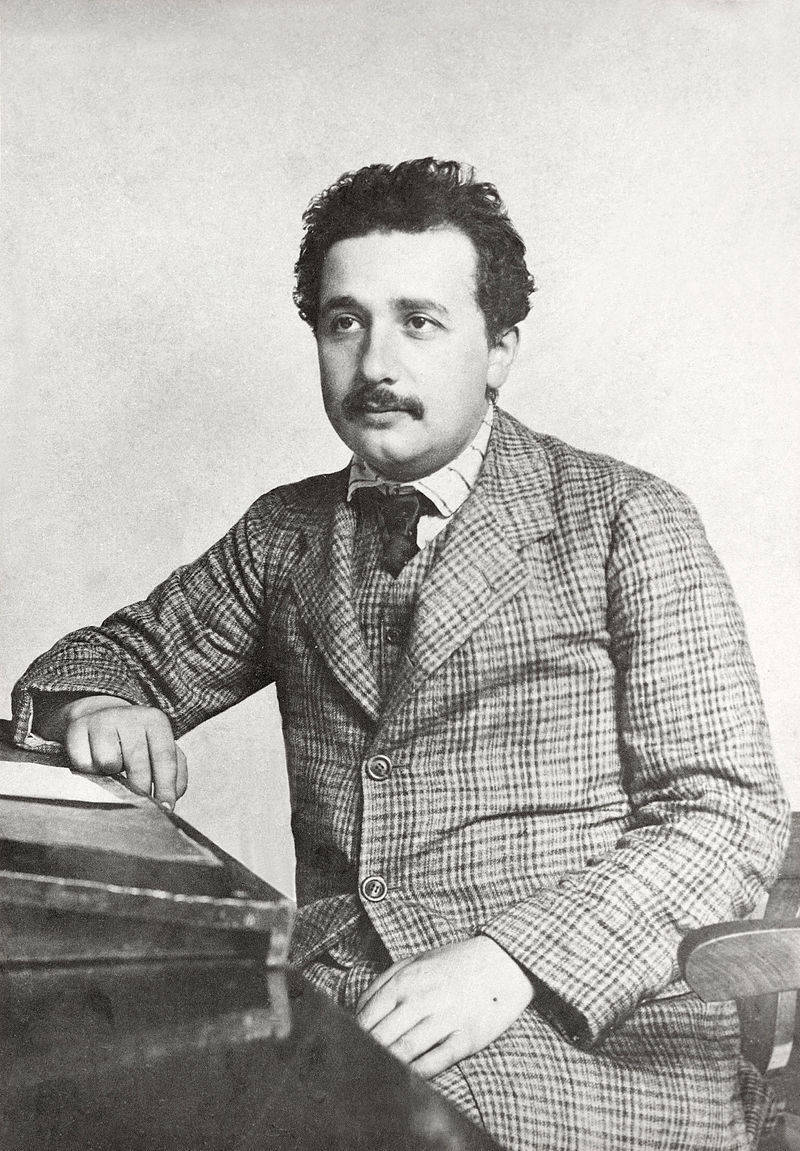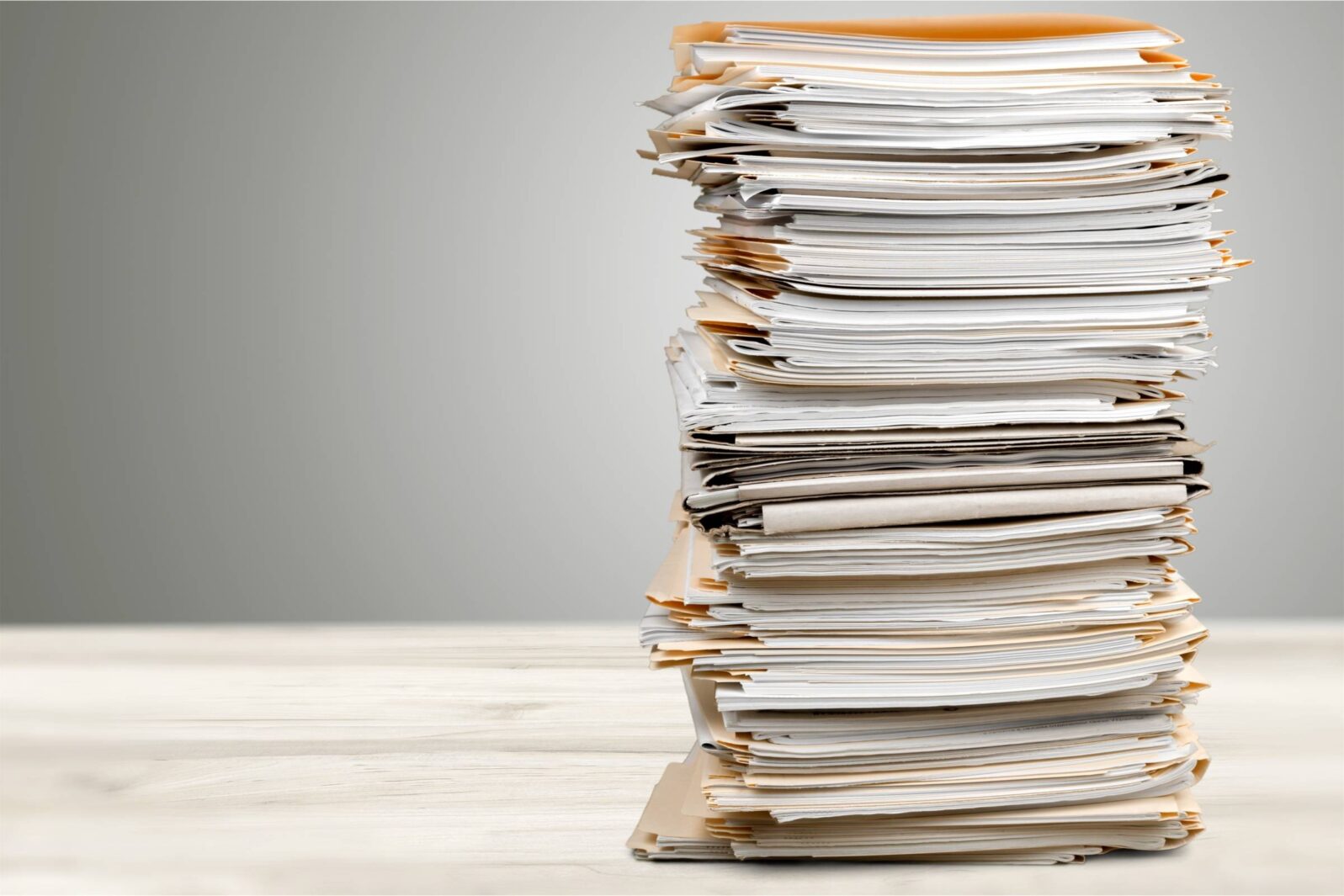Einstein’s Single Journal Paper Ended WWII
Does that mean that a thousand papers could multiply the effect? Think again.It was Albert Einstein’s work on matter and energy, captured in e = mc2 that enabled the atomic bomb that ended World War II.
Modern anonymous peer review today works well except that it is muddied with bias, incompetence, and ignorance. The review processes of Einstein’s day were better. A renowned expert’s approval was sufficient for a paper’s publication.1
The current system has only been in force since the end of World War II when pressure was applied to professors to write papers. The mantra “publish or perish” looks to have been coined soon after the war in 1951 by Marshall “The Medium is the Message” McLuhan.2
Earlier, professors were often discouraged from publishing. Karl Popper, one of the most influential philosophers of the 20th century, wrote “I was told that I should be well advised not to publish… and that any time spent on research was a theft from the working time as a lecturer for which I was being paid.”3 Thus, many scholars wrote papers in their spare time.

Einstein published his first seminal papers while working at a patent office (right).
Industry bosses also discouraged their employees from publishing. They either didn’t (and don’t) want the distraction from the bottom line or don’t want trade secrets disclosed. A classic example is William Sealy Gosset, who worked at the Guinness Brewery in Dublin, Ireland. Gosset developed an important statistical model for small sample sizes.
Guinness didn’t want Gosset wasting his time on equations, so he was obliged to hide his affiliation and published his paper under the pseudonym “Student.”4 The Student’s T distribution is now taught in all introductory statistics classes.
For professors, things changed after WWII. There was a mandated explosion of scientific publication. If Einstein’s one paper showing that matter could be converted to energy led to the atomic bomb that ended WWII, think what a thousand papers could do! Quality soon took a back seat to quantity. The broadening of scientific inquiry and the new glut of papers turned paper reviewing into an assembly line process.
Papers are commonly thought to be peer-reviewed to ensure quality. The paper is assumed to have been thoroughly reviewed anonymously by disinterested top people in the field. After careful consideration, the peer-reviewed paper is deemed to be of sufficiently high quality to warrant publication in a scholarly journal that will be archived forever. Archiving used to be done in dusty tombs on the upper floors of University libraries. Now, archiving is done in the cloud.
Anonymity in assessment has its advantages. When I write recommendations for students, I require they waive their right to read them. That allows me the freedom to be candid. I was once on the Ph.D. committee of a slovenly and morbidly obese student. We’ll call him Tim. Tim’s t-shirts were stained and too small. His bare-naked belly often spilled out under his t-shirt and hid his belt. (I think he wore a belt.) But scholastically, Tim was brilliant!
In my recommendations, I told Tim’s prospective employees of his gifted mind. But I also diplomatically wrote “Beware. [Tim] is definitely not a slave to fashion.” Tim’s waiver of access to my recommendation allowed me to both overly gush about his brilliance and openly comment on his lack of fashion sense.
The goal of anonymous peer review is similar. If I review your paper, I can be open and honest about what I think without worrying about what you think about what I say.
But there’s still a consequence to anonymous peer review: Anonymity diminishes accountability. Unaccountability breeds incompetence. Sloppy and inept reviews today often eclipse thoughtful in-depth reviews. The reality is nicely captured in am observation of physicist Frank Tipler. 5 “[Today’s] ‘peer’ review is not peer review: the referee is quite often not as intellectually able as the author whose work he judges.”
Tipler is spot on.6
1 Robert J. Marks, “Einstein’s Only Rejected Paper” Mind Matters News, May 14, 2020.
2 Eugene Garfield (June 1996). “What Is The Primordial Reference For The Phrase ‘Publish Or Perish’?”. The Scientist 10 (12): 11. Garfield references M.Molinaro, C. McLuhan, W. Toye, eds “Letters of Marshall McLuhan,” Oxford University Press, 1987.
3 Karl Popper, Unended Quest: An Intellectual Autobiography, Updated Ed. (London and New York: Routledge, 1992), 136.
4 Student [William Sealy Gosset] “The probable error of a mean”. Biometrika 6 (1): 1–25. (March 1908).
5 Tipler, F. J. “Refereed journals: Do they insure quality or enforce orthodoxy?” International Society for Complexity, Information and Design (2006).
6 Much of this material is taken from the authors’ essay: Robert J. Marks II “Peer Review Pt. 1: The Way It Was,” TheBestSchools.org (May 2016). The essay has been removed from the site but is cached here.
Further reading: Aliens still cause global warming. Over the years, the Jurassic Park creator observed, science has drifted from its foundation as an objective search for truth toward political power games. Michael Crichton’s 2003 warning about corrupt peer review in science has proved true during the COVID-19 crisis. (Jonathan Bartlett)
and
Why it’s so hard to reform peer review. Robert J. Marks: Reformers are battling numerical laws that govern how incentives work. Know your enemy!
